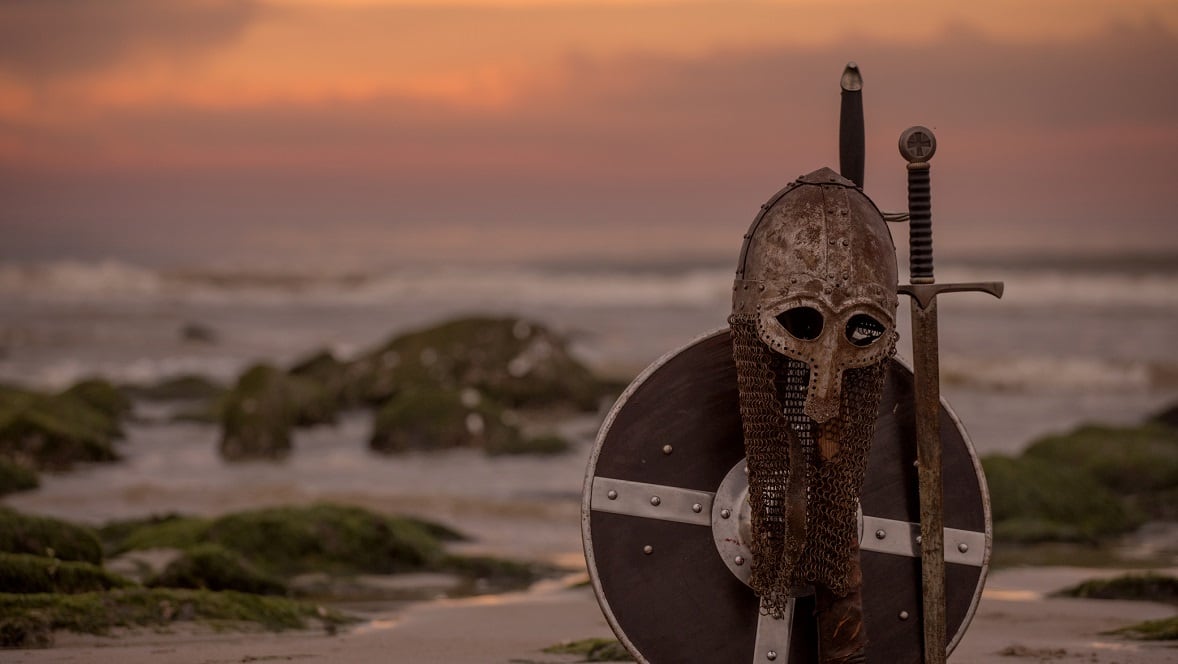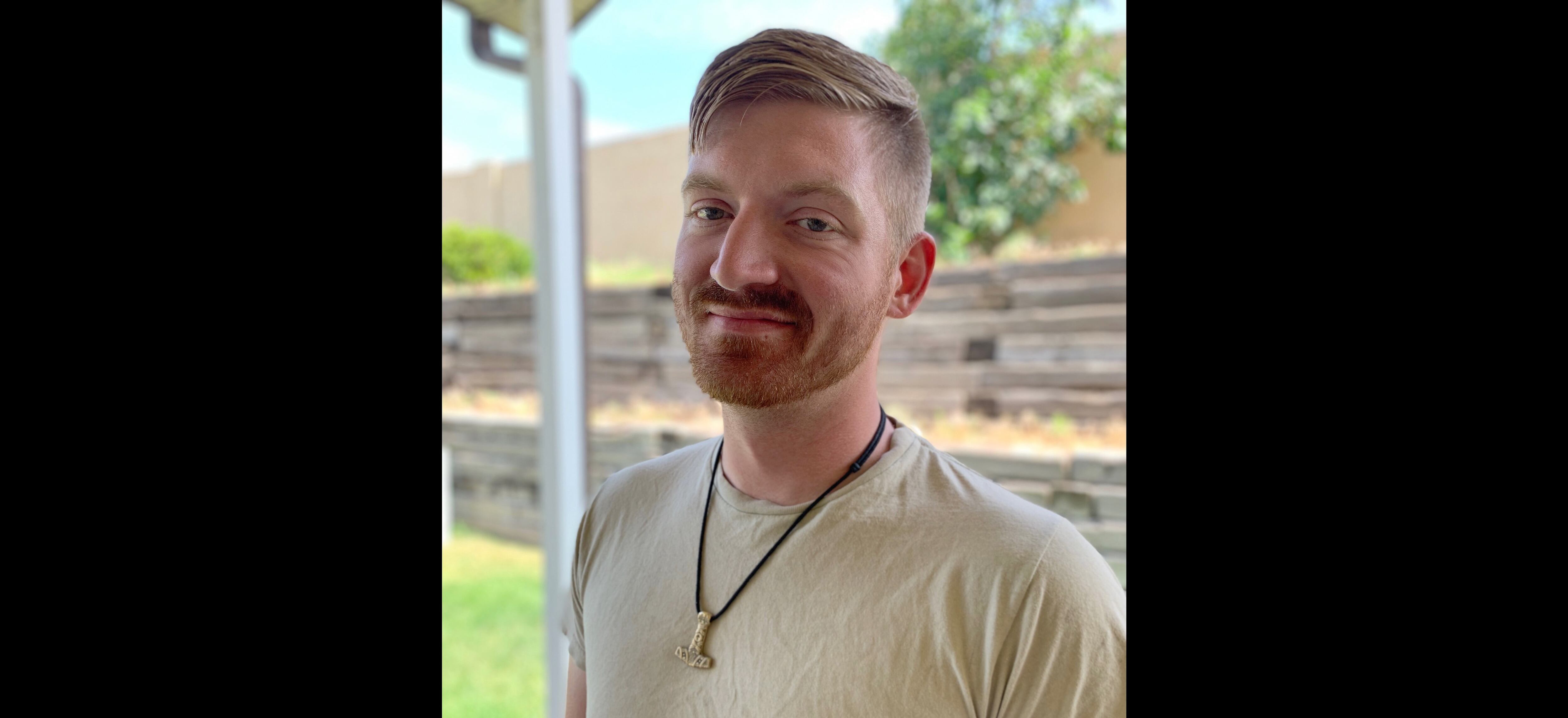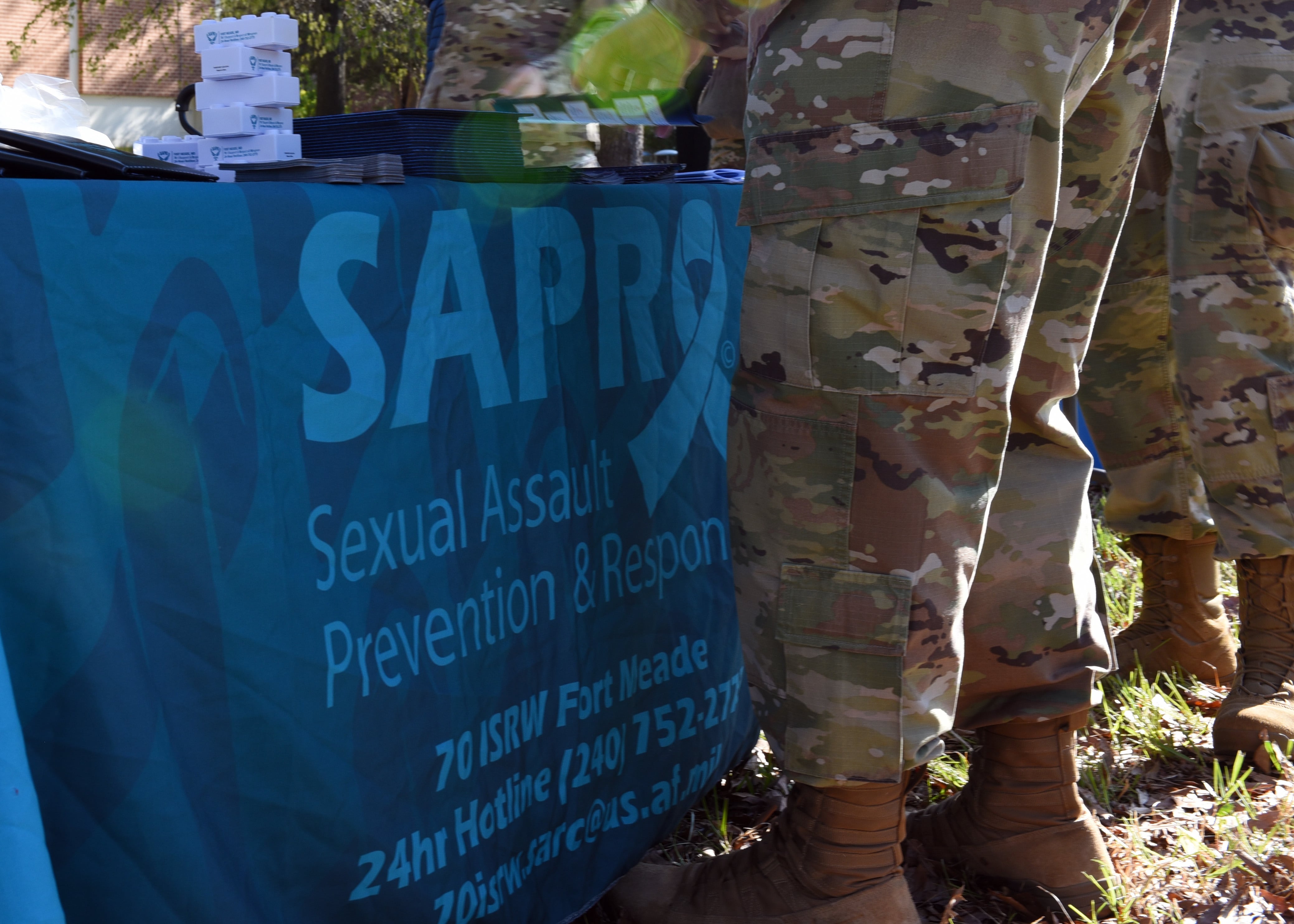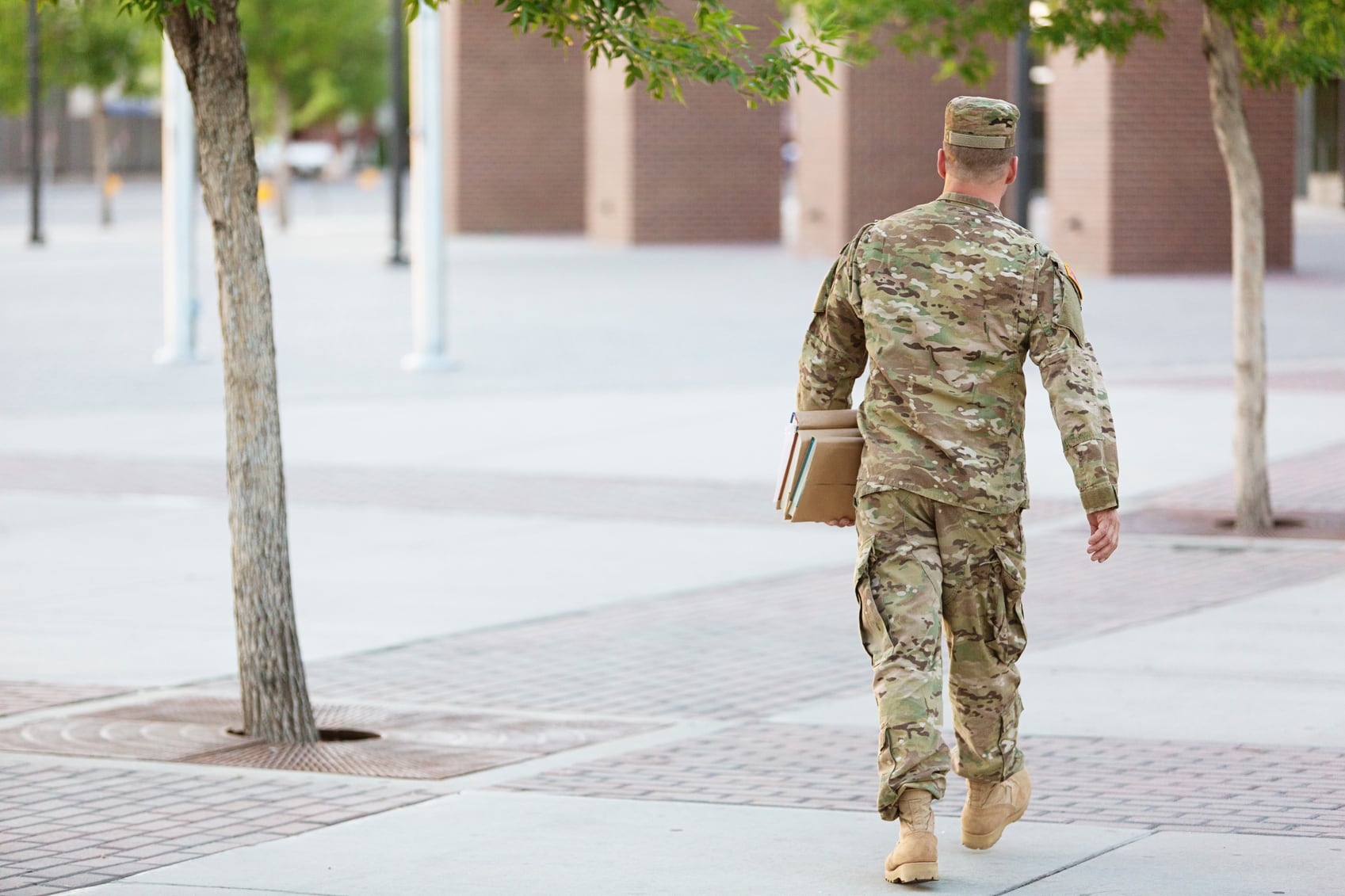This article has been updated to reflect the fact that another Norse Heathen airman, Staff Sgt. William Bailey, received a waiver to grow a beard in March.
For a long time, the old Norse mythology of Odin, Thor and Ragnarök was just that for Staff Sgt. Garrett Sopchak — mythology, a collection of interesting stories but little more.
But a little more than two years ago, Sopchak was seized by an overwhelming feeling that he needed to look further into these legends and the religion surrounding them. Something about what he found resonated, and Sopchak became a Norse Heathen.
Sopchak, a 28-year-old aerospace ground equipment craftsman at Hill Air Force Base in Utah, on July 8 received approval to get approval to wear a beard in accordance with his Heathen faith.
Sopchak said in a Tuesday interview that in the old sagas, a beard was a sign someone was a respected member of the community who could be trusted to help others. Central figures in Norse mythology such as Odin and Thor are commonly depicted as wearing beards.
“If you saw a man that had a beard, you could almost guarantee that they were a good person, that you could go to them for help," Sopchak said. "They were well-respected. If they didn’t have one, in some of the stories, they were actually ridiculed. It’s kind of a big thing, culturally.”
RELATED

According to the memo, which was first posted on the unofficial Facebook page Air Force amn/nco/snco July 12, Sopchak can wear a “neat, conservative beard that presents a professional, well-groomed military appearance” and stays no more than two inches from the bottom of his chin. The memo said he can grow a longer beard if he rolls or ties it, but Sopchak said he’ll likely keep it within two inches to stay safe on the job and keep it simple.
He is now about two weeks into growing his beard, and is waiting for it to come in a little more before he can start shaping it.
“It’s a little scraggly right now,” Sopchak said.
At first, it appeared Sopchak was the first Heathen to get a beard waiver. But on July 18, the amn/nco/snco page posted a March 1 memo granting another Heathen airman, Staff Sgt. William Bailey, a beard waiver.
It took Sopchak about 11 months to get his beard approved. Last August, he went to his unit’s chaplain — an evangelical Christian who Sopchak said was very supportive and curious about his Heathen religion — who helped him put together the paperwork for his religious accommodation request. It gradually worked its way up through the bureaucracy before ultimately being approved July 8 by Air Force personnel chief Lt. Gen. Brian Kelly.
He also consulted with The Asatru Community, a nonprofit group that advocates for followers of Norse pagan religions.
Sopchak said that something about the Heathen religion felt more “real” to him.
“In the stories, you could see even the gods themselves have flaws,” Sopchak said. “It was more relatable.”
In addition to believing in the old Norse gods, he said, Heathens believe that they are descended from them.
“They’re more like family members than they are divine beings,” Sopchak said. “There’s a lot of things that we learn from the past and our ancestry, and it’s just carrying on the line, really.”
Sopchak said he was originally raised Baptist, but has not been a Christian for a long time.

Sopchak said he’s recently had some airmen, who were interested in exploring his religion, email him with questions, and he’s helping other Air Force Heathens get their beards approved.
He hopes to become a Gothi — essentially an ordained priest — and perhaps become an official Air Force chaplain. He also hopes to grow the Heathen community in the area around Hill. Because it’s a faith that hasn’t been practiced in about 1,000 years, he said, there’s no set way to practice it. But his community now meets in parks or homes to commemorate holidays such as Yule and the solstices.
They also make offerings — anything from food to drinks to physical objects — to their gods during a ceremony called a “blot,” he said.

It is unclear how many Norse pagans, Heathen, or Asatru followers are in the military, but they have become increasingly visible in recent years.
The hammer of Thor, also known as Mjölnir, in 2013 was added to the list of religious symbols authorized to be engraved on gravestones at military cemeteries such as Arlington National Cemetery.
The Army last year granted its first beard authorization to a Norse pagan soldier. And last December, a group of sailors on the aircraft carrier John C. Stennis held the Navy’s first Heathen lay service.
The Air Force also granted its first religious accommodation beard waiver, to a Muslim airman, in 2018. And in June, a Sikh airman received approval to wear a beard and turban.
Though some white supremacist groups in recent years have co-opted Norse symbols such as runes, Sopchak rejected that and said his faith is not racist in any way.
“We don’t believe that there’s a superior race,” Sopchak said. “All are welcome. If you’re willing to learn, we are willing to teach.”
Stephen Losey is the air warfare reporter for Defense News. He previously covered leadership and personnel issues at Air Force Times, and the Pentagon, special operations and air warfare at Military.com. He has traveled to the Middle East to cover U.S. Air Force operations.





